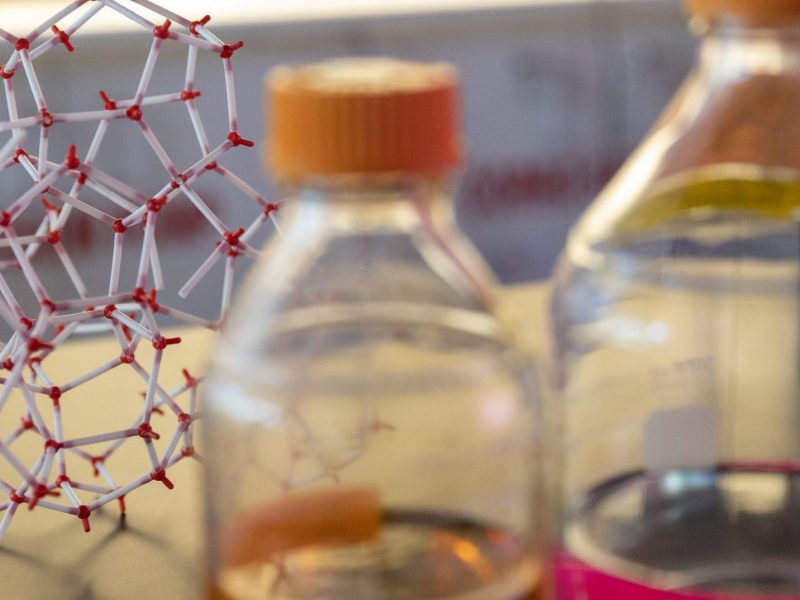Description
The principal problem found in solid-state actuators made of smart materials is that they are less affordable. Some other smart materials-based solid-state actuators have been created with inexpensive twisted polymer filaments; however, those are thermally driven and difficult to be modeled and used in real-life applications.
This technology meets all the advantages of smart material-based solid-state actuators with the extra benefit of low cost and easy implementation due to their pneumatic/hydraulic activation. These are linear and/or torsional actuators (based on configuration) fabricated with inexpensive drawn/extruded polymer tubes. These actuators activate as a result of the anisotropic properties of the material when a thermal or pressure load is applied.
Additional information
Patent number and inventor
Patent pending
Diego Higueras, Michael Shafer, and Heidi Feigenbaum.
Potential applications
These actuators have potential use as artificial muscles in the bioengineering and robotic fields since they can develop high forces along with contractions above 25 percent of their initial length (similar to human muscles). They are also proven to actuate almost instantaneously under pneumatic/hydraulic activation. The high ratio between the work they can deliver and their small size allows them to be combined to create new configurations leading to an increase in their lifting force capacity. Furthermore, these actuators can benefit fields where small, lightweight, and strong actuators are required, such as microrobotics or microfluidics.
Benefits and advantages
These are inexpensive solid-state actuators (0.20 per ft.) comprised of easy and low-cost materials and can generate high contraction and lifting forces. Under pneumatic or hydraulic activation, they are shown to actuate in milliseconds and rapidly recover to their initial position (total recovery is not shown in other thermally driven solid-state actuators). Additionally, these actuators can be combined to create new configurations that achieve higher lifting forces.
Case number and licensing status
2020-022
This is available for licensing.

